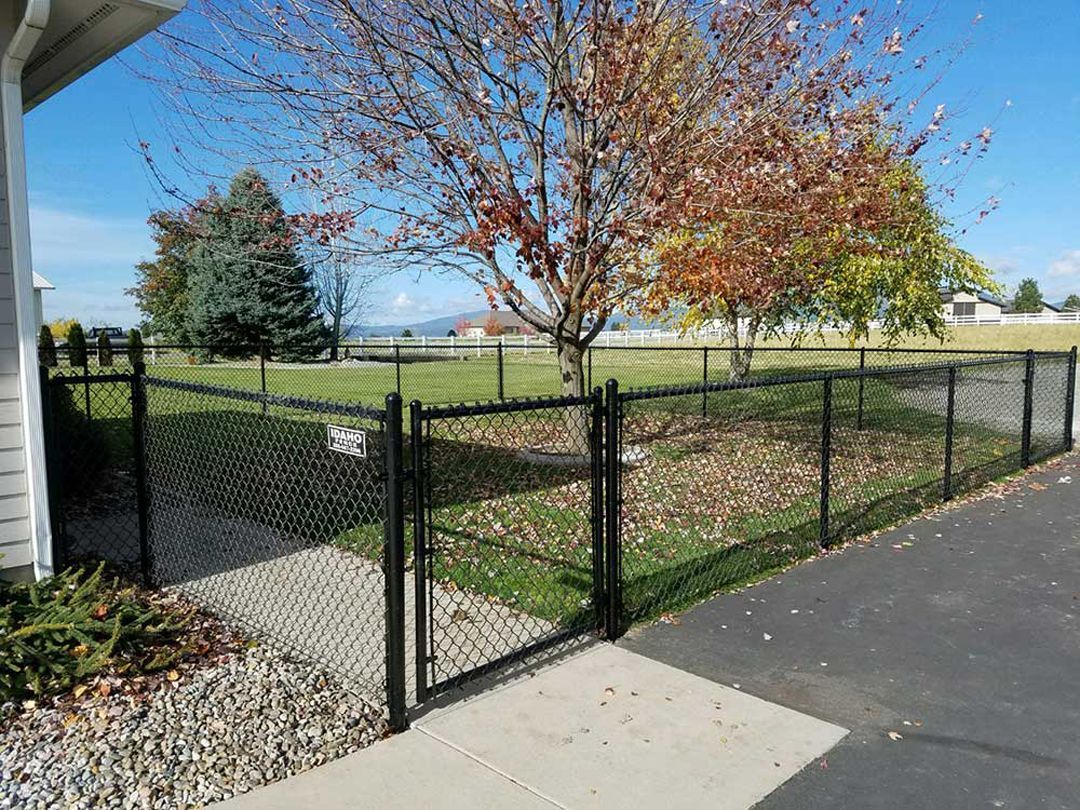Overview of Vinyl and Wood Fencing
When it comes to choosing the perfect fence for your home, the decision often boils down to two popular materials: vinyl and wood. Both options offer unique benefits and drawbacks, making the choice highly dependent on your specific needs, aesthetic preferences, and budget.
We’ll guide you through the essential aspects of vinyl and wood fences to help you choose the material that best suits your home.

The Advantages and Disadvantages of Vinyl Fencing
- Durability: Vinyl fences are highly resistant to weather, pests, and rot, making them a long-lasting choice.
- Low Maintenance: Vinyl fences are easy to maintain, requiring minimal effort—just a simple wash from time to time.
- Cost: The initial cost of vinyl fencing may be higher, but its low maintenance costs make it a more economical choice over time.
- Drawback: The lack of variety in color and style can make vinyl fences less versatile in terms of design.
Benefits and Drawbacks of Wood Fences
- Aesthetic Appeal: The natural, rustic look of wood fences can be enhanced with various paint, stain, or finish options to suit any style.
- Cost: Wooden fences are often more cost-effective to install than vinyl fences.
- Maintenance: Wood fences need consistent care, including painting, staining, and repairs, to maintain their appearance and prevent rot.
- Lifespan: The lifespan of a wood fence can be shorter, particularly in areas that experience harsh weather or humidity.
Which Fence Offers Better Value: Vinyl or Wood?
Vinyl fences often come with a higher upfront cost but offer long-term savings because of their low maintenance. Wood fences are more affordable at the start but can incur additional costs due to ongoing maintenance.
If you’re considering long-term value, vinyl might be the better option. However, for those with a tight budget or short-term needs, wood can be a more cost-effective choice.
Sustainable Fencing: Wood or Vinyl?
Wood is a renewable resource, making wood fences more eco-friendly, although chemical treatments can lessen their environmental benefits. Vinyl is not biodegradable but offers a long lifespan, reducing its environmental footprint over time.
For a more sustainable option, look for wood that is sustainably sourced or vinyl made from recycled materials.
